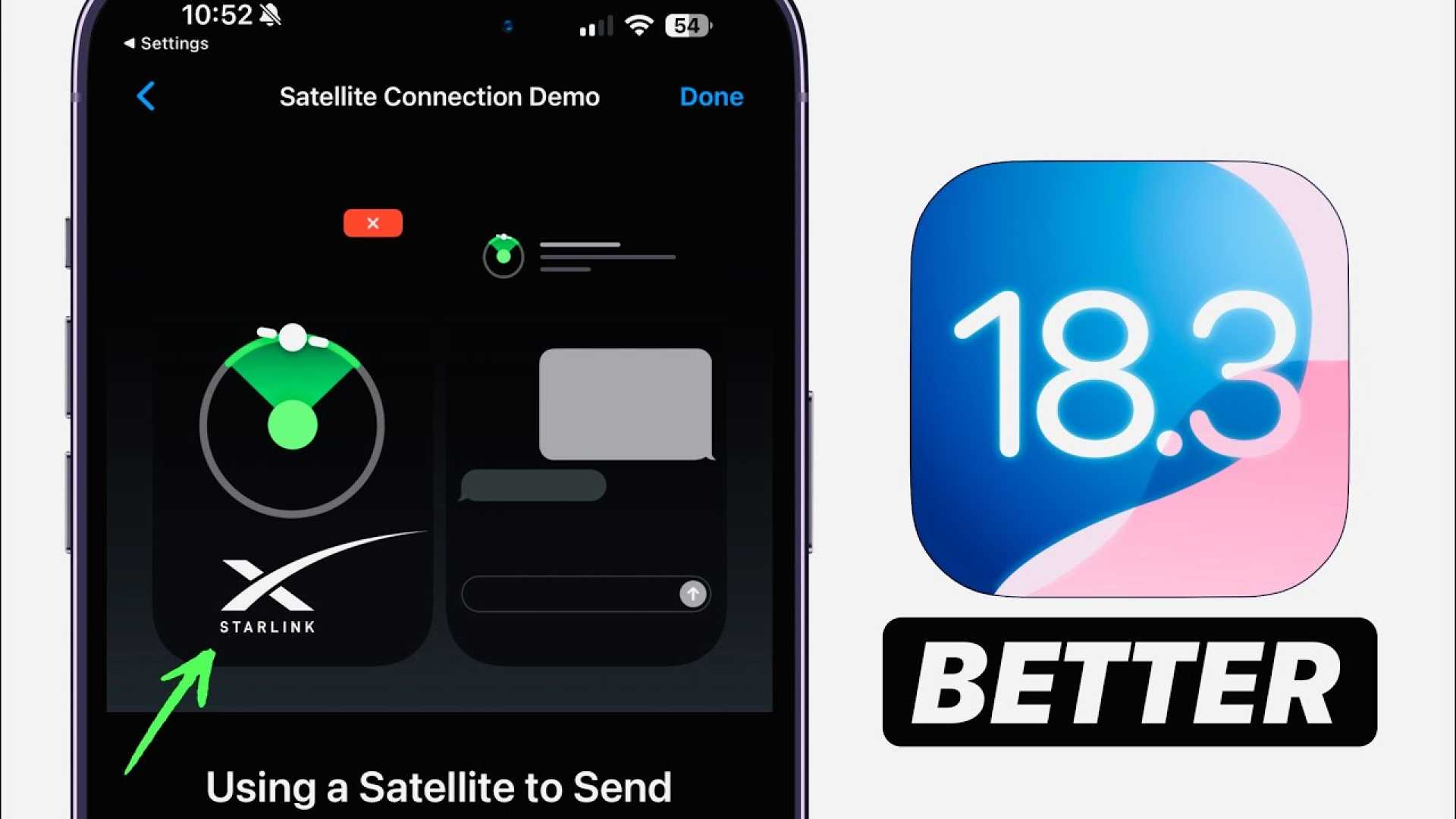Tech
Apple’s iOS 18.3 Update Enables Starlink Satellite Connectivity for iPhones

CUPERTINO, Calif. — Apple‘s latest iOS 18.3 update, released Feb. 1, 2025, includes a groundbreaking feature: compatibility with SpaceX‘s Starlink satellite network. The update, developed in collaboration with T-Mobile and SpaceX, allows iPhone users to send text messages via satellite without needing to point their devices at the sky, marking a significant advancement in satellite communication technology.
According to reports, Apple has been working secretly with SpaceX and T-Mobile to integrate Starlink support into its latest software. This partnership provides an alternative to Apple’s existing Emergency SOS via satellite service, which relies on the Globalstar network. The new feature is currently available to a small group of beta testers on T-Mobile’s network, with plans for a broader rollout later this year.
Mario Nawfal, founder of IBC Group, described the update as a “game changer” in a post on X, emphasizing the convenience of not needing to position the phone for a connection. Elon Musk, CEO of SpaceX, also commented on the development, stating that future Starlink constellations could support medium-resolution images, music, and audio podcasts, with video capabilities planned for later iterations.
The service is designed to activate automatically when a T-Mobile-connected iPhone is outside cellular range, attempting to pair with SpaceX satellites. Users can manage the feature through a new toggle switch in their iPhone’s cellular data settings. While the initial version supports only text messaging, SpaceX and T-Mobile plan to expand the service to include voice calls and data connections in the future.
Beta testers have reported mixed experiences with the service. John Antikainen, a Knoxville, Tennessee resident, praised the ability to stay connected in areas with no cellular coverage but noted frequent signal drops. Nicholas Kiefer, an Ohio-based tester, shared a video demonstrating the service’s functionality, highlighting its potential despite current limitations. However, some testers, like Ian I from Alabama, criticized the service’s inconsistency and battery drain.
T-Mobile has expressed optimism about the beta’s progress, citing positive feedback from users, including first responders and remote workers. The carrier plans to expand the beta program in February and eventually make the service available to most modern smartphones, including Android devices running Android 15.
Apple’s move to support multiple satellite networks underscores the growing importance of satellite connectivity in emergency situations. Since its launch, Apple’s Emergency SOS via satellite has been credited with saving lives, prompting the company to extend its free availability. The addition of Starlink support could further enhance the feature’s reliability and reach.
For now, the service is limited to T-Mobile users in the U.S. with iPhones from the iPhone 14 onward. As satellite technology evolves, it raises questions about the future of terrestrial networks and the potential for space-based connectivity to become the primary means of communication.












